Have tour and Getting to Wellness? We’re in a time where healthspan is considering hand in hand with lifespan; where chronological age matters less than biological age; when 60 years olds have the vitality of people half their ages; and younger generations are adopting healthier lifestyles much earlier than the generations before them.
What will this mean for marketers and brands?
Heed this: A paradigm shift is taking place where generational demographics no longer apply. “Baby boomers may be credits with driving the modern-day wellness movement and millennials with amplifying it, but the future of wellness is in the hands of Age Benders”, says Cathy Feliciano-Chon, managing partner, FINN Partners APAC.
They’re age-agnostic and defines by a set of behaviors and mindset that regard aging as a process that can be tame. They’re straddling several demographic segments and will have a profound implication in product development and marketing strategies.
Paradigm Shift: Getting to Wellness
As populations in developing economies continue to get older, a profound transformation in how individuals perceive aging is taking place. Baby Boomers, once viewed as the traditional “old” demographic, are now redefining their identities and priorities. Meanwhile, younger generations are increasingly aware of the aging process and its implications for their health and well-being.
A New Perspective on Aging
By 2033, one in six people globally will be aged 60 or older, highlighting the rapid demographic changes we face. The number of individuals aged 50 and above is projects to nearly double to 3.2 billion by 2050, with Asia experiencing the most significant increase. Amidst these statistics, the landscape of aging is evolving dramatically.
Baby Boomers, no longer content to be sideline by traditional narratives of decline, are recontextualizing what it means to age. They’re prioritizing health and longevity to navigate aging as self-empowered individuals rather than passive patients.
David Harry Stewart, founder of Ageist, notes that the concept of “age dysmorphia” is relevant here. “The average delta between a Boomer’s actual age and perceived age is 20 years.” Therefore, he says, to align with that mindset, when selling a product or service, it is important not to focus on the process of aging per se, but rather on aspects of a longevity lifestyle, such as fitness, nutrition, or creativity. That’s a vital lesson for the wellness tourism industry.
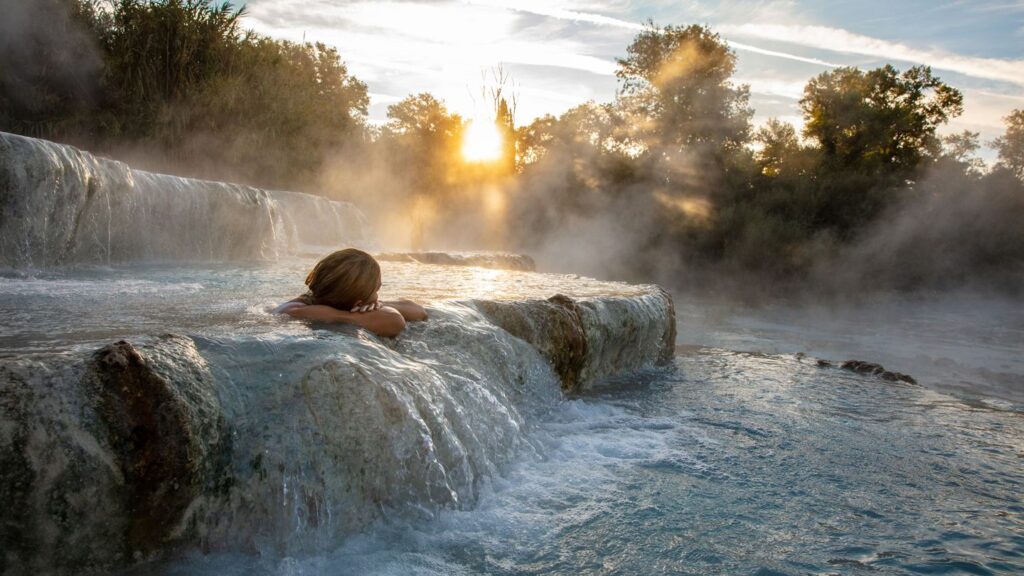
Today’s older travelers seek dynamic experiences that challenge both their physical and mental capabilities. Programs that incorporate brain health training, healthy eating, cognitive activities, and creative workshops, or focus on special interests like art, photography or writing, will become increasingly popular.
Modern Elder Academy (MEA), with campuses in Santa Fe, New Mexico and Baja, Mexico is a pioneer in redefining aging. MEA students learn from experts about navigating life transitions, and workshops address cultivating purpose and owning wisdom. But it’s not all serious stuff. Activities include horseback riding, collaborative bread baking and improv.
The Younger Generation: A Proactive Approach to Longevity
Younger generations are also rethinking longevity, albeit from a different vantage point. This demographic, characterized by its technological savvy and a heightened sense of personal agency, is more informed than ever about the long-term consequences of everyday behaviors. According to Stewart, “Gen Z is acutely aware of age at an early age. They are very aware that their actions in the world have consequences on the world and on their own biology. So, they are thinking about longevity in their early 20s; that wasn’t the case with generations before.” As a result, health-conscious habits are being ingrained early. This proactive approach can be seen in the reduction in substance use and the rise of the “sober- curious” movement.
Younger consumers are increasingly engaging with biohacking tools, which empower them to monitor their health actively, and epigenetic testing to understand their genetic predispositions, so they can make informed health decisions. The younger generations are likely to be the primary beneficiaries of advancements in longevity science.
Longer Life Cycles for Brands: Getting to Wellness
With young adults starting their wellness journeys younger than the generations before them, brands and products, too, have an opportunity to expand their life cycles from these increasingly blurring demographic cohorts. Wellness destinations can create lifelong loyalty with membership programs that resonate with younger generations’ aspirations. Products like wearable devices, which count Gen Z as its fastest-growing generation, can count on extended lifetime usage. The industry can cultivate a customer base that remains engaged throughout their lifespan.
“There’s been a shift in the vernacular in the aging space – recognizing the goal is increasing’ health span’ to match extended ‘life span.’ Chronological age has less significance than one’s functional ability,” notes Michael Hodin
PhD, CEO, Global Coalition on Aging
Nomadism: A New Segment for Wellness Tourism and Real Estate
According to the World Health Organization, around 1.2 billion people will turn 60 in 2025, a figure expected to nearly double to 2.1 billion by 2050. With people living longer and more countries extending retirement age, mid-lifers are tapping into another growing trend — nomadism — to reimagine alternative lifestyles which could be a boon for wellness residential communities, health resorts and retreats.
Recognizing that retirement is not a hard stop but a series of life changes, this trend bucks the prevailing push to “age in place” and acknowledges the increasingly migratory nature of today’s silver set. Instead, they can view the prospect of retiring as truly rewiring, spending time in various destinations that allow for longer, albeit temporary, stays in pursuit of purpose, longevity and passions while ticking off that proverbial travel bucket list.
Real Estate Market
The wellness real estate market is well-positioned for this. According to the recent valuation by the Global Wellness Institute (GWI), the wellness real estate market is projected to grow from $438 billion in 2023 to $912 billion by 2028. While this growth is primarily targeting buyers driven by the desire to have access to nature and wellness amenities, offering shared ownership and rental schemes could have wider appeal for those seeking hybrid nomadic lifestyles.
Recognizing that retirement is not a hard stop but a series of life changes, this trend bucks the prevailing push to “age in place” and acknowledges the increasingly migratory nature of today’s silver set.
Resident Nomads
The rising tide of new nomads also presents opportunities for wellness resorts to rethink their retreats and programs to encourage longer stays and residences. After all, various research studies have shown that it takes anywhere from three weeks to three months to learn and perfect a new craft or to see meaningful and long-lasting results from a health program.
GWI, in its 2020 trend report, first spotted the trend of “wellness sabbaticals” – describing people “taking three weeks (or longer) to focus on their health and wellness” while staying connected with work through their smart devices. The trend came on the heels of remote work and digital nomadism.
The difference today is wellness sabbaticals, at least for this growing segment, will be a more permanent way of life, albeit one spent in different locations.
At Tri Vananada, a health resort and residential community in Phuket, a new Clinique La Prairie will anchor the development providing comprehensive medical and wellness facilities to guests and residents. Owners who buy into the 70 residential villas can rent out their properties, while resort accommodations will also be available.
Destination
Closer to Bangkok, Six Senses The Forestias is located, as the name would suggest, in woodlands. Set to open in 2025, the development includes a hotel, residences, and state-of-the-art health and wellness facilities, built on the ethos that living around nature has a therapeutic and calming effect.
When it opens in 2026, SHA Emirates Island, located between Abu Dhabi and Dubai, will include a wellness residence roster of 97 villas and 62 apartments. Similar to a smaller complex of residences at SHA Mexico, owners will have preferential access to the SHA Wellness Clinic.
In the United States, The Residences of Velvaere Park City will have direct access to the Deer Valley Resort. Club Velvaere, exclusive to owners and renters, includes a wellness center with a health club, spa, and cutting-edge modalities, and an Adventure Center for ski services, hiking and biking. The development will be partnering with Fountain Life Center, an integrative health facility focused on longevity healthcare set to open in 2026.
In New Zealand, Northbrook Arrowtown, a luxury retirement community near Queenstown, will open in 2027. The development includes 168 residences, and amenities like a library, cinema, health club, pool and hydrotherapy spa. There will also be a facility for care of dementia patients.
Women’s Health: A Mainstay of Wellness Programs
When reports first surfaced several years ago about China’s unmarried women going on egg freezing trips to escape restrictions preventing them from undergoing the procedure, it illustrated the extraordinary lengths some women are taking today to address health issues. It also pointed to a well-known fact that women’s health has long been underserved and underfunded.
But the tide is slowly turning and the wellness industry is in the right position to gain from this trend.
Menopause Momentum
Recently menopause retreats have been heralded as “the next big thing in wellness” and podcasts, books, products, conferences and the new documentary “The M Factor: Shredding the Silence on Menopause” are catalysing this movement even more. With a growing number of women approaching the age of hormonal changes — by 2025, approximately 1.1 billion women worldwide will have experienced menopause — women’s health issues will continue to be a mainstay of wellness programs.
The Pleasure Principle: Getting to Wellness
In recent years, sexual wellbeing has also drawn attention, which, according to research from the World Health Organization, is key to improving overall mental, physical, emotional, social, and spiritual health. Resorts like Miraval in Arizona and Six Senses Ibiza hold workshops and retreats and more recently, SHA Wellness in Alicante, Spain, launched a Sexual Health Unit staffed with gynecologists and hormonal experts, and will be bringing this program to their new SHA Wellness in Mexico next year.
On Fertile Ground: Getting to Wellness
Another reason why women’s health could be bringing disparate forces to the collective table? Declining birth rates and aging populations are raising concerns about future economic stability, workforce shortages and the sustainability of social welfare systems. In response, many governments, particularly in Asia, are exploring innovative strategies to reverse this trend. Those include more generous parental leave policies, support for childcare and financial incentives for those seeking in vitro fertilization (IVF) treatments.
While the concept of subsidizing the costs of fertility tourism by governments and insurance companies has yet to take root, it isn’t farfetched to imagine seismic measures at a public policy level being deployed in the future to avert a looming crisis. Wellness centers are stepping in the gap by developing holistic programs for women hoping to conceive through IVF or natural means. The Farm at San Benito has been offering such fertility programs for more than 15 years, taking a holistic approach combining nature and traditional fertility practices with modern science. Ananda in the Himalayas offers a similar program combining the ancient wisdom of Ayurveda, yoga, oriental medicine and transpersonal psychology.
Postpartum Hotels
Addressing women’s special needs postpartum, could South Korea’s sanhujoriwon be a sign of things to come? Sanhujoriwon are postpartum care centers, providing around-the-clock care for women as they recuperate after childbirth. Those services include help with breastfeeding, baby care lessons, yoga, massages and counseling for those experiencing mental health issues. It’s customary for new mothers in Korea to take advantage of these services. This practice is beginning to take root elsewhere. Boram in New York City’s Thompson Central Park Hotel and Sanu in The Watermark Hotel in the suburbs of Washington, DC are postpartum retreat centers perhaps not coincidentally operated by owners of Korean descent. Such facilities combined with the luxurious amenities of hotels are likely to pop up in more urban centers worldwide.
Sky-High Wellness
In general, flying is the most stressful part of any journey. Crowded airports, uncomfortable airplane seating, and changes in time zones can drain the body and impact a passenger’s health. While airports are already incorporating wellness features – from an oxygen lounge at Tokyo’s Narita Airport and a yoga room at San Francisco Airport, to a spa in Cathay Pacific’s first class lounge at the Hong Kong International Airport and a sauna in Finnair’s lounge in Helsinki Airport — the good news is, providing more optimal environments to reduce stress is increasingly on the radar.
In developing more human-centric experiences, the aviation industry is investing in cutting- edge technologies to make the passenger experience through the airport and within the plane a journey of wellbeing. Strategies address a range of factors impacting health and wellness, including air, water, lighting, acoustics, and overall design. For example, airports are exploring the use of sound-absorbing materials and architectural designs to create quieter spaces for passengers. Ambient soundscapes inspired by nature played in particular frequencies are designed to calm. At the new Singapore Changi 2 expansion, soothing tropical sounds generated from an extensive catalog of recordings are broadcast through an immersive 3D sound system.
Best Way Of Getting Relief
Biophilic references are also becoming increasingly important in airport design. According to Marine Bessoles, senior associate in the Aviation, Travel and Tourism division of ICF, “Airports are trying to incorporate natural elements like plants, water, and daylight in their design (in order) to reduce stress and improve overall well-being.
Changi is the leader in this area, but other airports are starting to follow suit. Bengaluru International Airport takes cues from Bangalore as the “garden city of India” to create an “airport terminal in a garden” concept with lush indoor greenery and water elements, transforming the stressful experience of navigating around a bustling airport into a calming one. In Changi’s updated Terminal 2, an LED ceiling replicates external weather conditions in real time. “Future airports may push this further with smart lighting systems that mimic natural rhythms and help reduce jet lag,” Bessoles said.
Wellness on the Fly
Jet lag is the bane of travel. To overcome the tyranny of distance, Qantas introduced its Project Sunrise planes, which will fly from Australia to London and New York non-stop starting in 2025.
The design is based on state-of-the-art modeling of circadian rhythms at the Charles Perkins Centre in Australia. The result is a specific lighting sequence tailored to help passengers adjust to their destination time zone before they set foot on the ground. Six enclosed First Suites will offer a fully customizable lighting sequence allowing passengers to choose the time zone they want to be on for the duration of the flight.
Other wellness elements of Project Sunrise include specialized meal planning and a purpose-built Wellbeing Zone, available to all passengers, featuring sculpted wall panels and integrated stretch handles, guided on- screen exercise programs, a hydration station and healthy refreshments.
The idea of airplane seats that actually promote wellness may seem a fantasy. But innovative design firms are introducing products to make seating healthy.
According to Bessoles, “Aircraft interior design is moving beyond comfort to actively promote wellness, with an emphasis on reducing the physical stress of long flights. As an example, RECARO introduced a premium seat with an ‘active exercise mode’ at the 2023 Aircraft Interiors Expo, which allows passengers to do simple exercises while seated.” In the future, a more advanced system might deliver on- demand guided exercises through seat sensors, promoting blood flow and reducing muscle stiffness.
Company Situation
In the meantime, Swiss aerospace company Caynova is partnering with seat manufacturers to embed technology designed for individually controlled seat climate and moisture control. The system is currently being integrated into Lufthansa’s new Allegris premium cabins.
There’s plenty of potential for further innovation in seat design. Imagine, for example, hydration sensors embedded in armrests, customizable lumbar support features, or seatback screens doubling as individualized programmable circadian lighting monitors.
The next five years will usher in an era of smart aviation, where a fully digital experience, on airplanes and in airports, will anticipate guest behaviors and wellness needs.
Bessoles suggests innovations may include “AI-guided wayfinding systems that adapt in real-time to help passengers avoid crowds, minimize travel time between gates, and reduce the anxiety of navigating busy airports. But AI-based apps could go further and provide personalized wellness recommendations at the airport or in-flight.”
Nourishing Escapes and Culinary Adventures
Culinary travel continues to be a fast-growing segment in tourism as it feeds travelers’ appetite for unique experiences and is a connection to the local culture. Dining experiences in travel are often seen through the lens of indulgence but this is changing with the increasing influence of health and wellness.
According to Marriott’s recent Future of Food report, a holistic approach is emerging, which includes biodynamic menus that support regenerative farming practices, plant-centric dishes that highlights plant proteins, the use of closed-loop ingredients, and the increase of micro-certifications targeting specific sustainability goals.
Neural Nutrition
As research into the gut- brain axis gains traction, the focus on gut health and emotional well-being has become paramount. Probiotic-rich foods, fiber- dense grains, and anti- inflammatory ingredients are already emerging as staples in wellness-oriented culinary offerings, empowering diners with chef-curated, nutrient- dense menus designed to boost and maintain brain function.
Personalized Provisions
Some aspects of the dining experiences will be hyper- personalized and data- driven. In the future, DNA tests upon arrival will facilitate fully personalized recipes, powered by AI, allowing diners to enjoy recipes tailored to their specific physiological and psychological needs.
Culinary Meditations
Dining will become a sanctuary for tranquility and self-reflection. Culinary workshops will focus on more than flavors, inviting travelers to cultivate mindful dining habits that extend far beyond their journeys, seen in experiences like The Westin Singapore’s mindful silent breakfasts or Chef Amninder Sandhu’s immersive safari dinners at Palaash, where local village women slow-cook meals over an open fire. Expect more properties to create secluded spaces for meditative meals, like Soneva Secret’s castaway dining tower situated on the Maldives’ most remote atoll, where guests zipline over to linger longer over their food.
Dopamine Dining
With the “joyconomy” fully in play, dining out will be seen as a form of therapy. Playful, community-driven dining events will proliferate as diners fully embrace meals that elevate serotonin levels and foster emotional healing. Functional “mood foods” packed with adaptogens, nootropics, and dopamine-enhancing flavors will become standard fare, as eateries curate experiences that nourish both body and mind.
Food as Self-Care
Meals will do more than satisfy hunger; they will be essential to self-care. Empathy and inclusivity will serve as the cornerstones of every dining experience. Solo dining, once stigmatised, will be celebrated as a vital practice, with restaurants universally offering individual-portioned menus tailored to personal wellness needs. Calming rooms and sensory-friendly hours for neurodiverse diners will become the norm, ensuring every guest feels valued and at ease.
Thermal Springs Heat Up the Destinations
Since ancient times, thermal springs have served as a catalyst for the development of small settlements. Today, governments and private developers are pouring money back into thermal areas, given their position in the nexus of wellness and health tourism, a growing interest in nature-based experiences and the need to combat overtourism by directing tourists to less-visited areas.
According to the latest estimates from the Global Wellness Institute, the thermal/mineral springs sector is growing rapidly. As of 2022, there were 31,290 thermal/mineral springs establishments operating in 130 countries. However, through 2027, GWI projects a global industry growth rate of a compound annual growth rate of 14.3 percent a year – compared to 4.7 per cent annual growth in global GDP.
Thermal bathing centers often form the backbone of tourism in their regions. Places like Grindavík, Iceland and Kyushu, Japan have made thermal springs a significant part of their tourism branding. Seeing the success of the strategy, and the growth of interest from wellness travelers seeking relief from chronic health issues, governments around the world have started pouring money into updating tourism facilities in thermal areas.
Ministry Of Economy
The Ministry of Economy and Sustainable Development of Georgia is investing millions of dollars to turn former Soviet thermal spa towns like Tskaltubo into international level resorts.
The UNESCO designated spa town of Vichy, France is currently undergoing a six-year, multi- million dollar modernization funded in large part by regional and municipal governments.
After health tourism was identified as a key growth area for Croatia, the country’s Ministry of Tourism and Sport, with support from EU funds, allocated approximately 120 million euros for investments in thermal tourism. According to Ivana Kolar, president of Croatian Health Tourism Association, “This funding is part of a broader strategic plan aimed at enhancing tourism infrastructure, promoting sustainable practices, and improving the overall quality of service.” Not to mention it may help divert travelers away from already crowded Dubrovnik.
Rural Economic Development
Because they’re often located in natural and rural settings, thermal springs are redirecting tourists away from often travelled urban centers. Moreover, they have the potential to deliver swift economic development to rural communities. Since it was inaugurated several years ago, the Colorado Hot Springs Loop, a 720-mile trail linking the state’s key thermal areas, has brought economic opportunity to the places in between. New businesses have sprouted up along the route, creating jobs and local tax revenues.
The new Great Victorian Bathing Trail, a 559-mile route in southern Australia, has similar visions. Still in the process of expanding, the trail will move visitors out of heavily-trafficked Melbourne into less-visited parts of the state. While high-end properties like Peninsula Hot Springs and Alba Thermal Springs & Spa are included on the trail, so are indigenous sites, farms and thermal bathing holes in the middle of nowhere.
Yoriko Soma, a wellness tourism pioneer in Japan and CEO of CA Holdings notes a variety of businesses can spring up in rural onsen villages, including noodle bars, sushi bars, outfitters, gift shops and hotels, she notes. “If you see a successful Japanese onsen village, you can see the future of wellness retreat style.”
The Urban Bathhouse Revival
While thermal springs in nature are having their moment, there is also a growing interest in bringing the bathing experience indoors. “Hydrotherapy experiences, long cherished in Europe for their health benefits, are now becoming mainstream in the U.S. thanks to a growing awareness of the profound impacts of water on our health,” says Tammy Pahel, VP of Spa & Wellness at Carillon Miami Wellness Resort.
Companies like Aire Ancient Baths and WorldSprings are centering their spas around thermal bathing rituals. Meanwhile, Therme Group, currently operating in Germany and Hungary, is expanding its thermal wellness and recreation park concept to locations in South Korea, the United Kingdom, Canada and the United States. In seeking out a location in Washington, DC, Therme is exploring marginalized neighborhoods to bring economic opportunity and an appreciation of the healing nature of water into a wellness desert. The Therme ethos piggybacks on the concept of Wellness for All, a key theme for the industry as it moves into a more inclusive future.

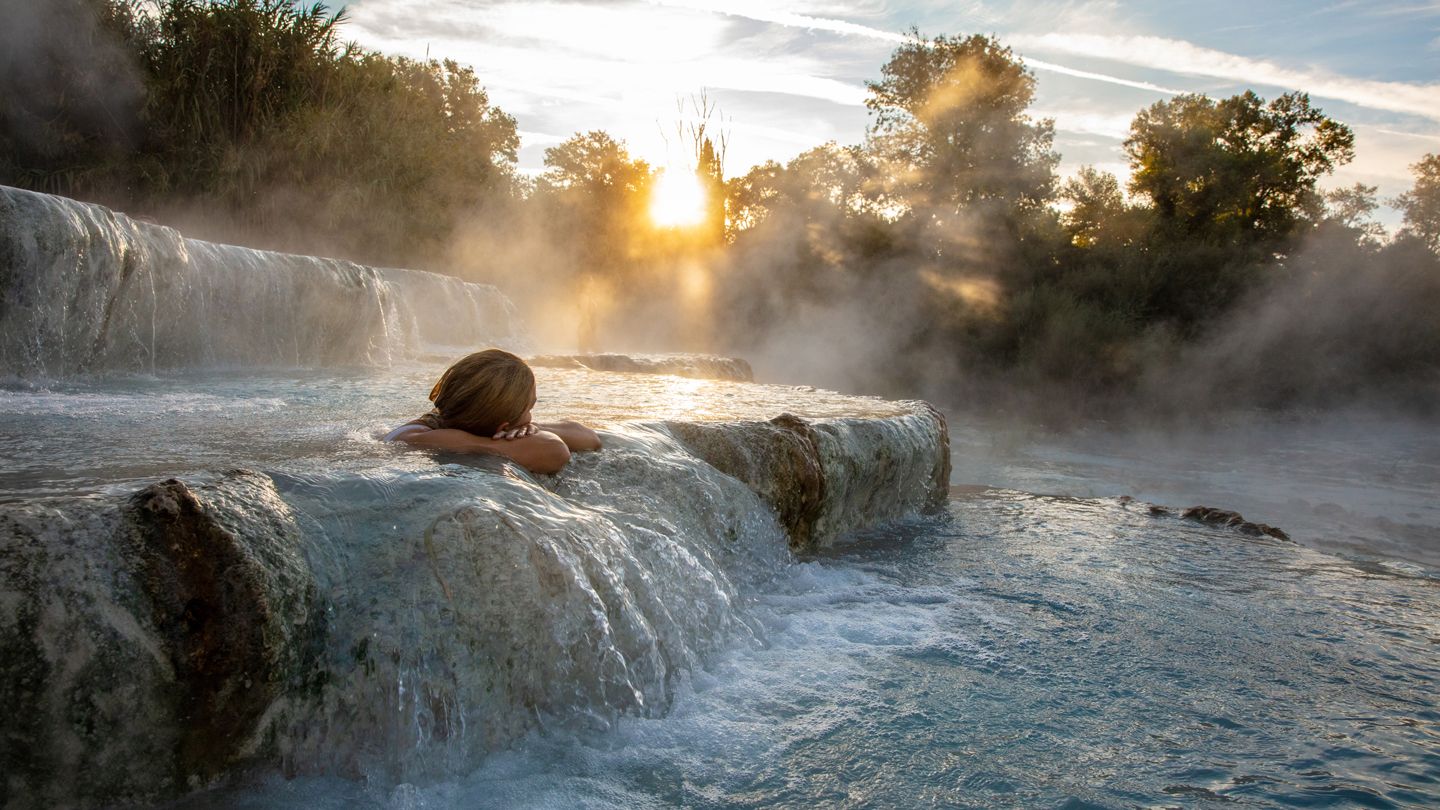
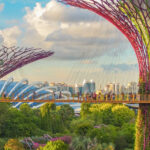



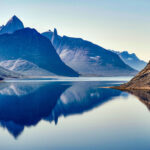

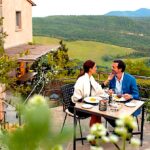



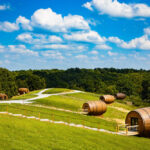

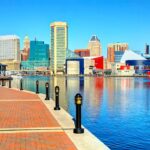



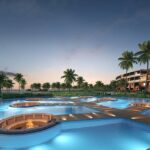



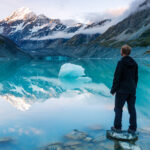




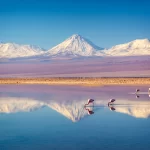
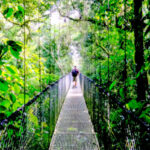
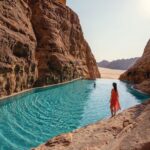




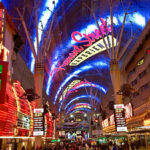



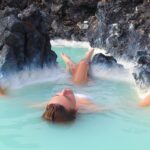



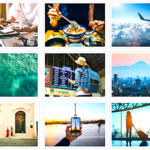
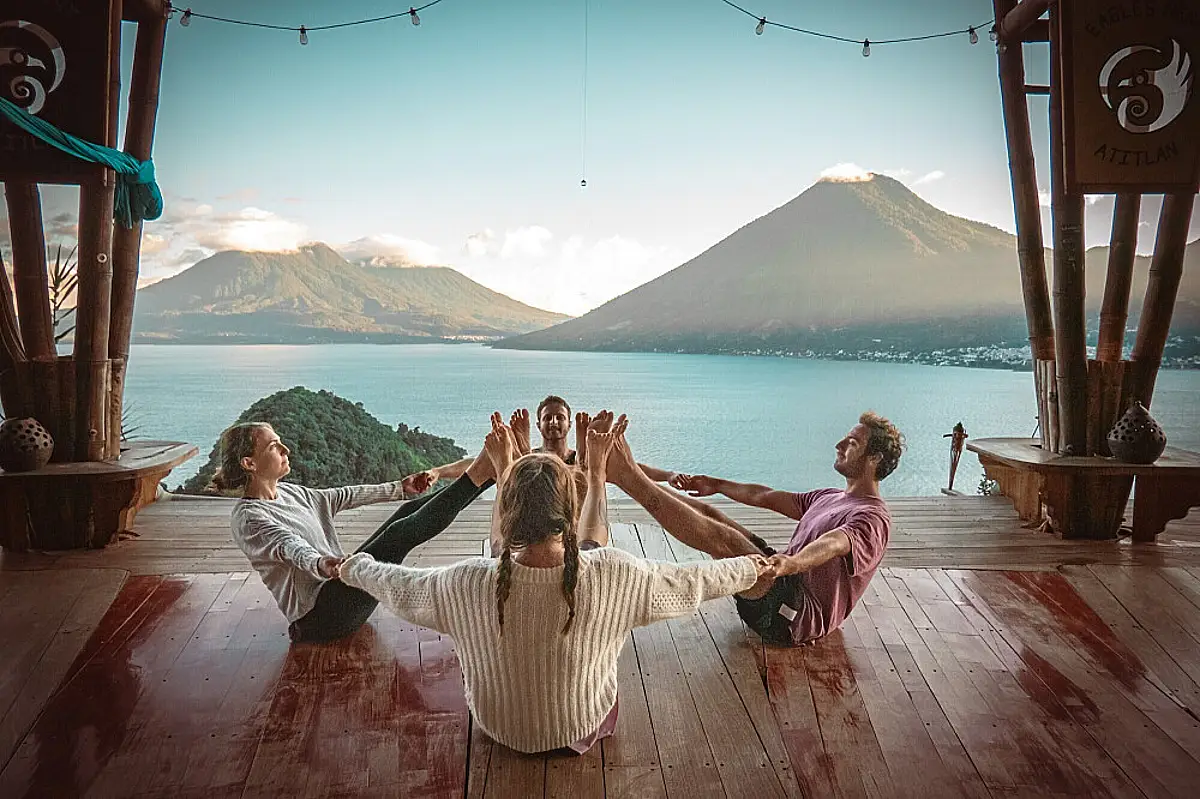
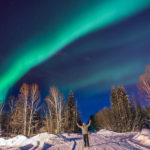

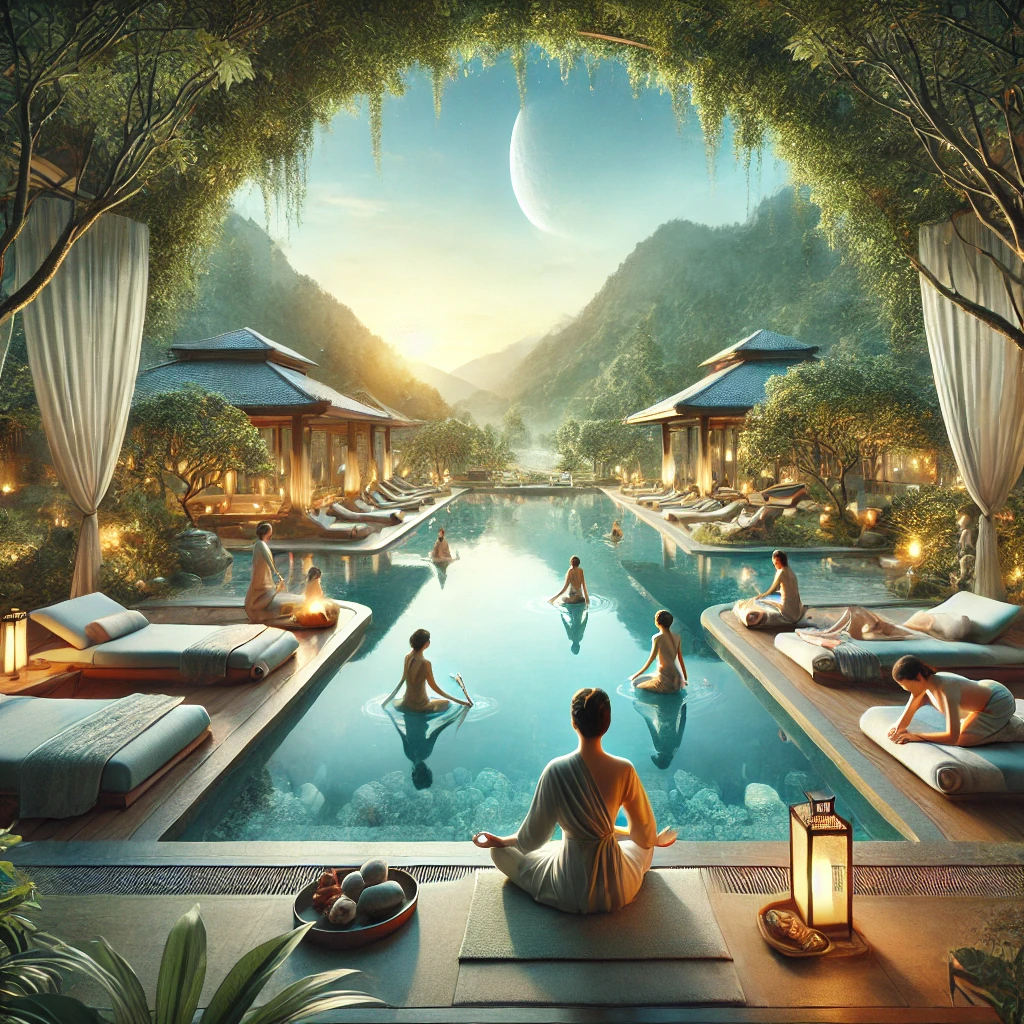


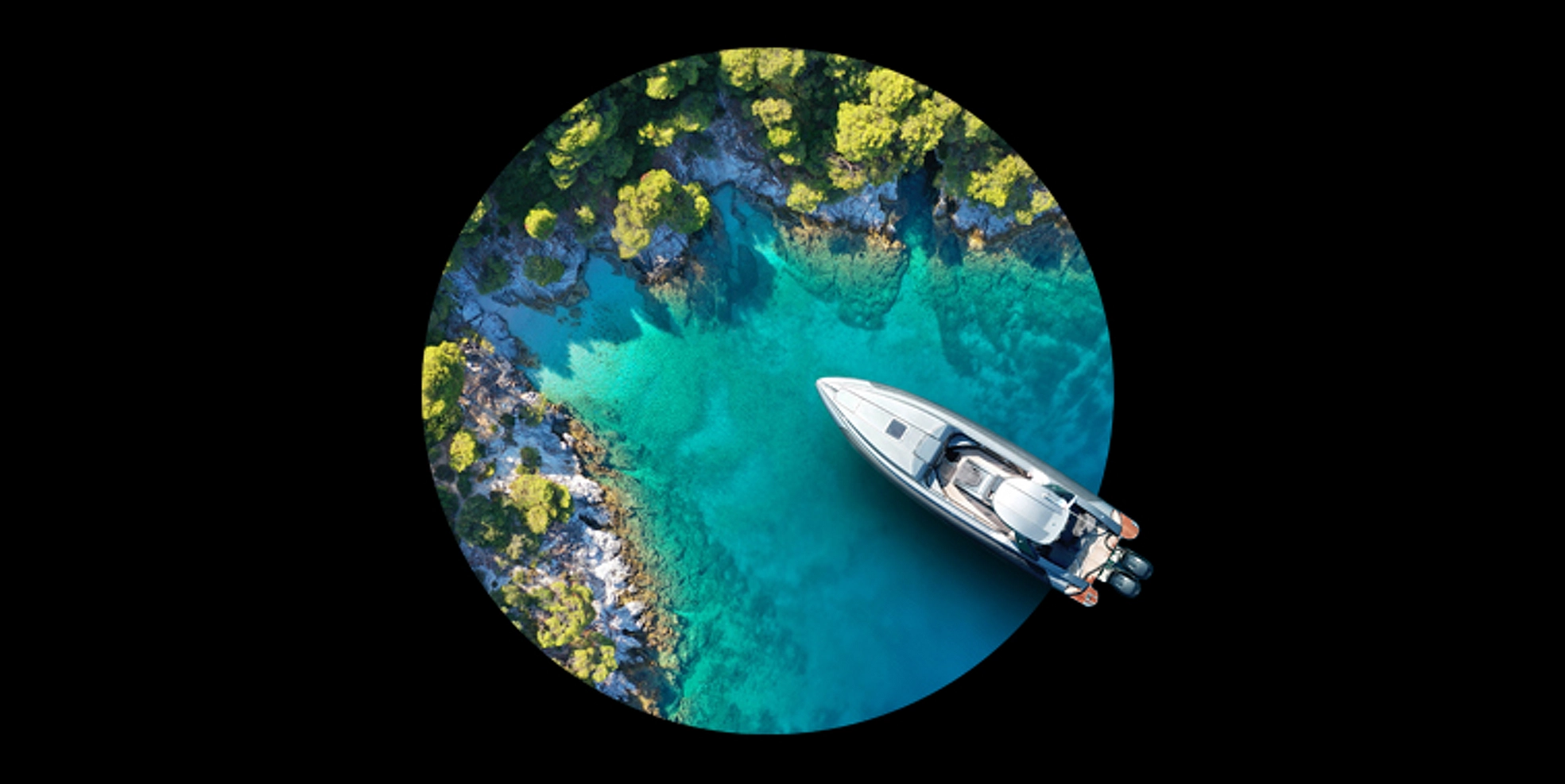
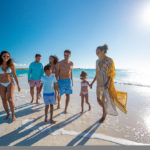


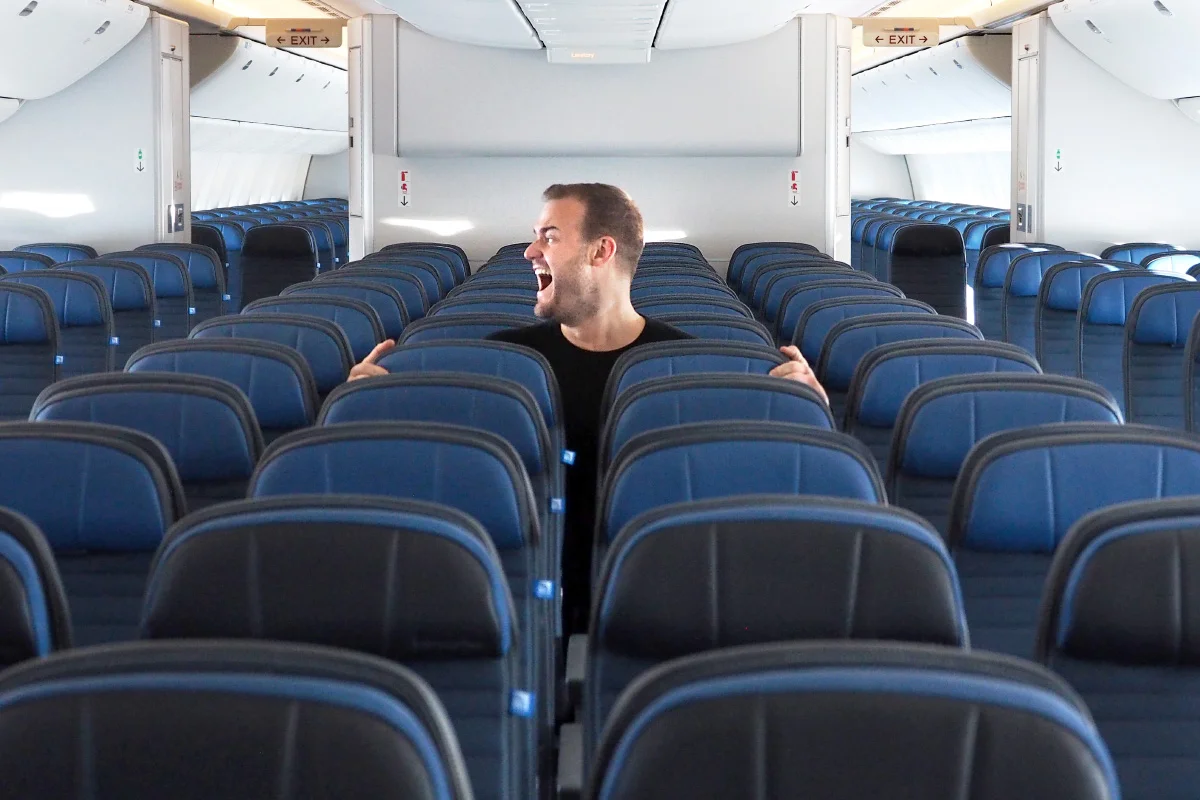
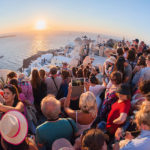
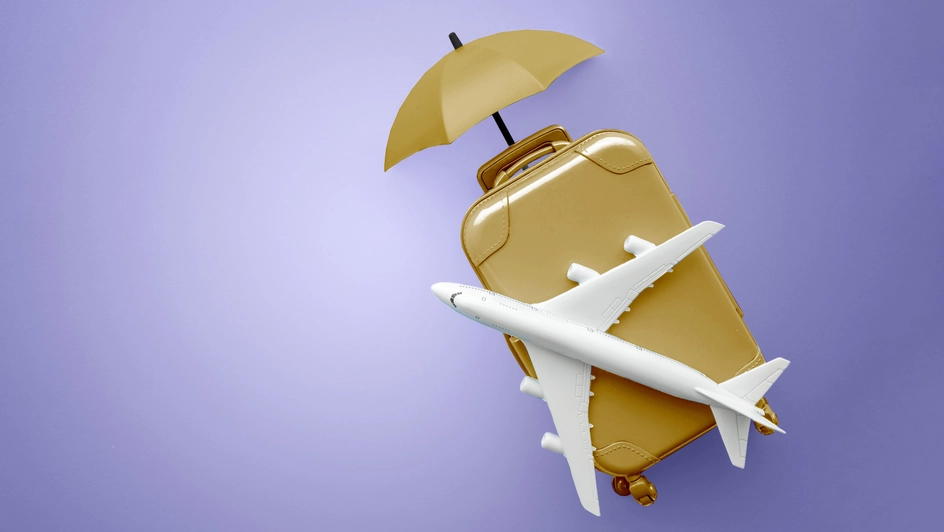
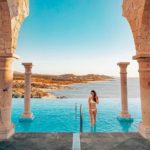





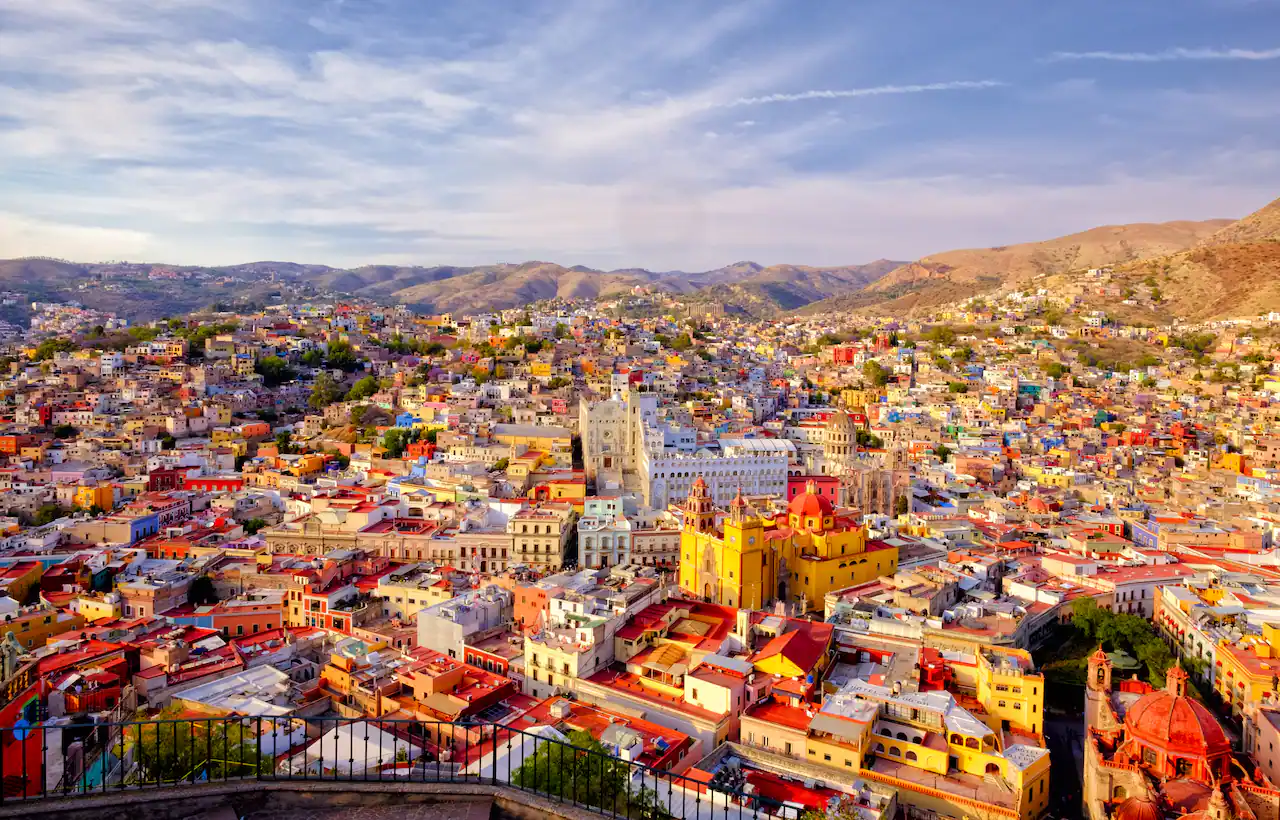





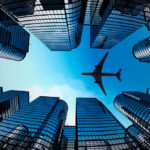




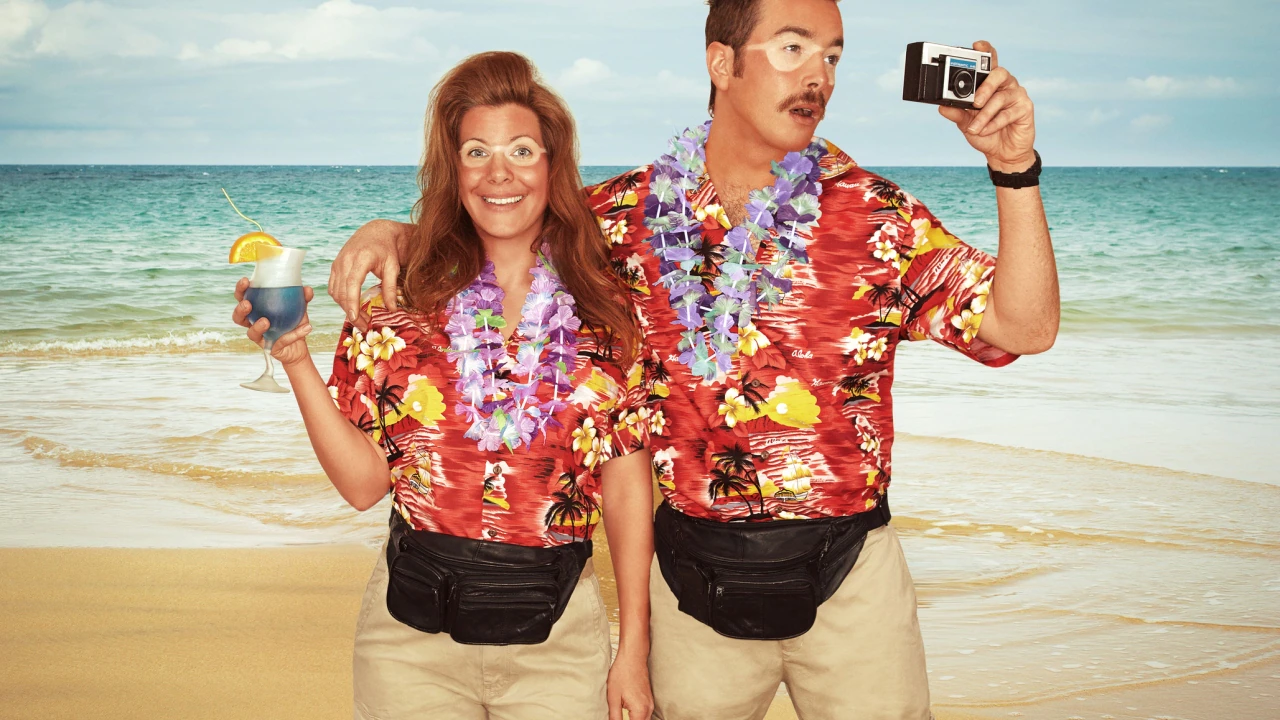
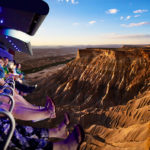


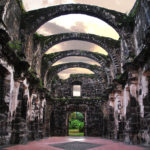
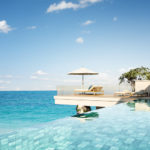










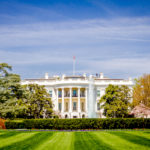
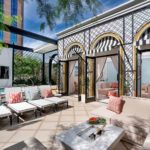




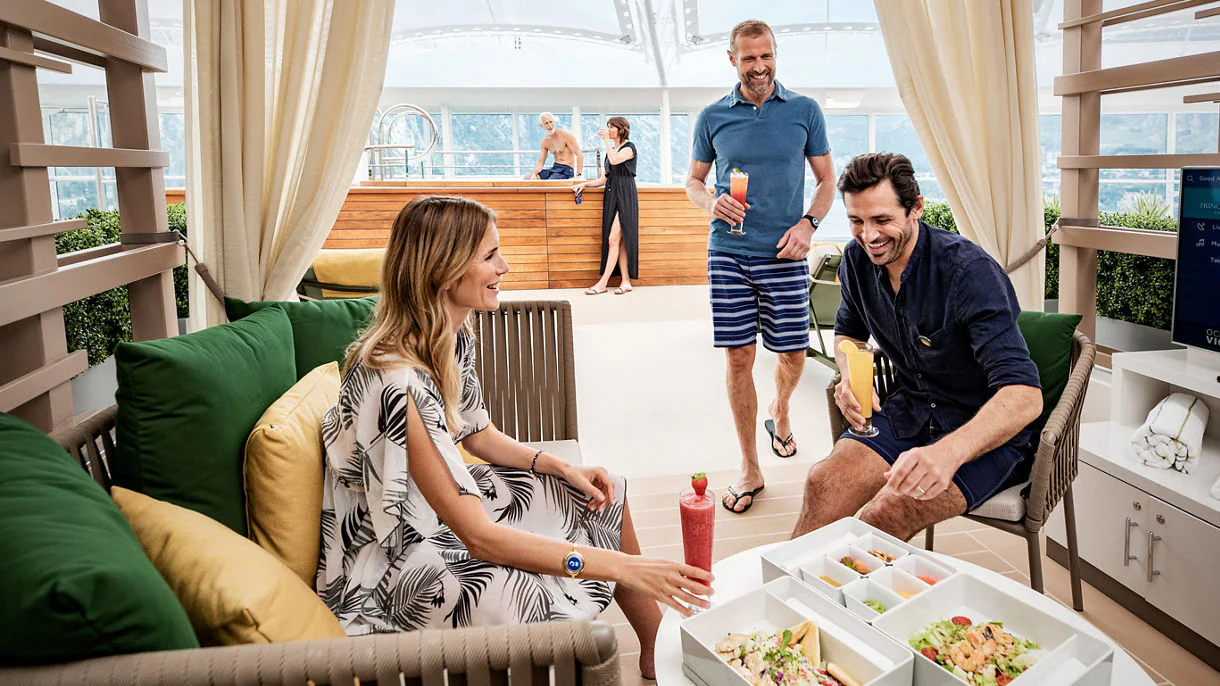










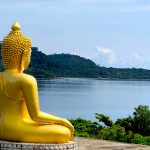

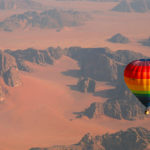
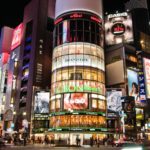
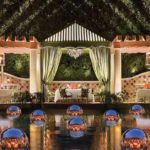


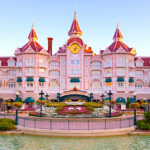



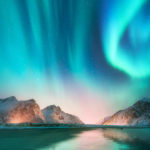


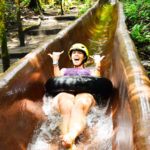
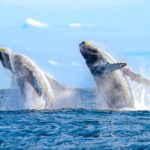




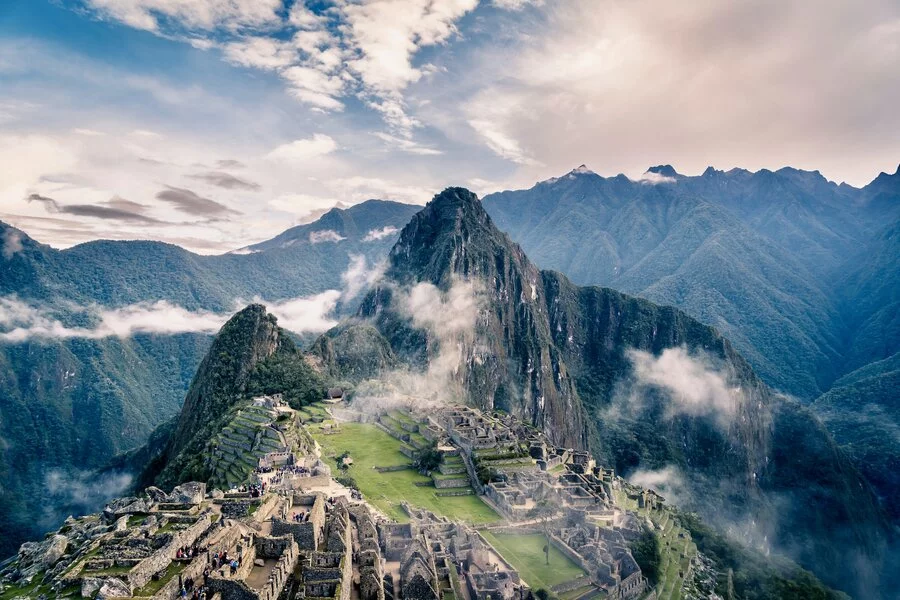


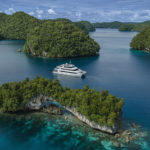
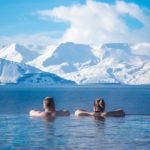


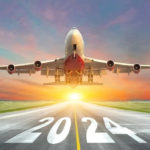


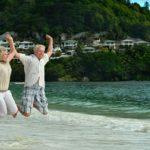



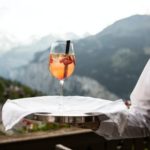
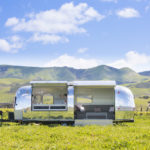


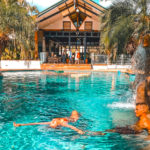

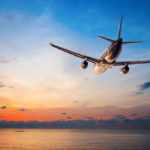




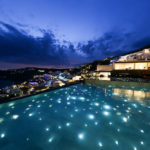




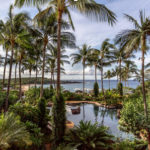
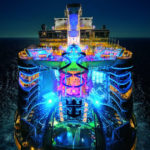



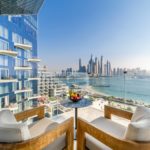





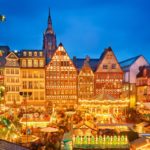





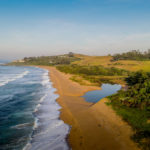


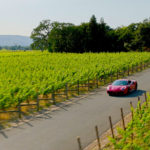
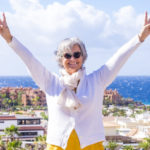
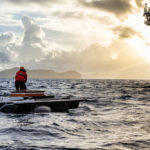




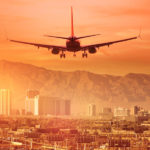

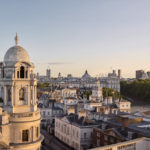


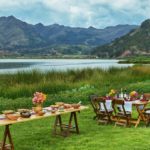




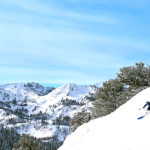


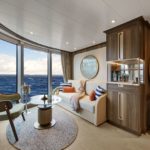




















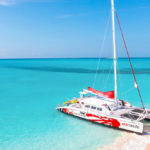



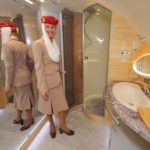

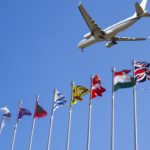






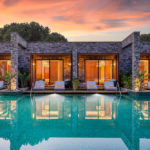
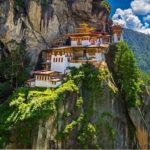













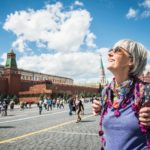















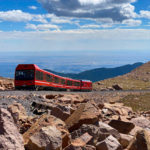









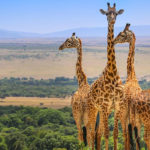








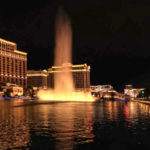

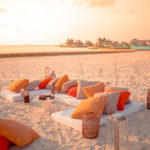



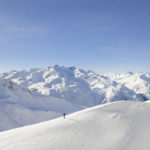









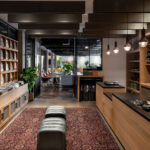

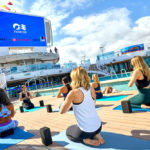



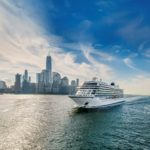





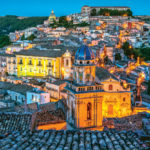





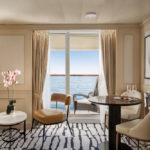



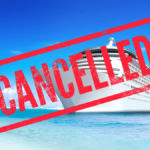
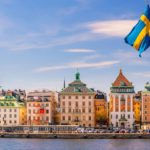
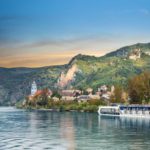





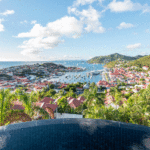








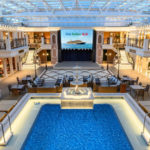


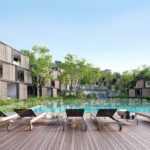
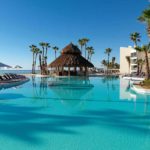
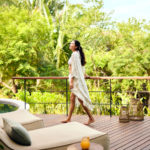


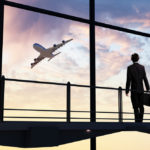




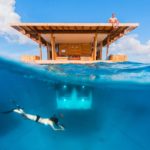

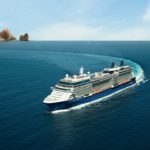
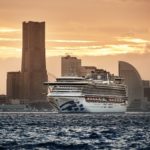
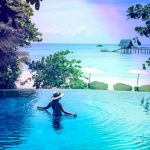

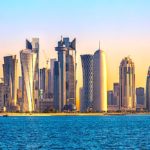
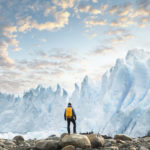


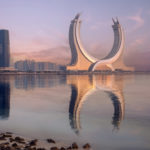
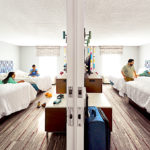


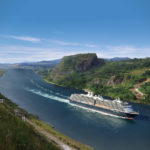

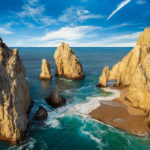
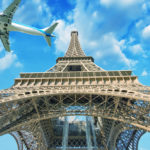





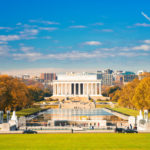

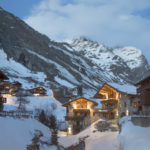
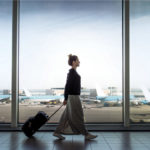


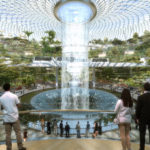
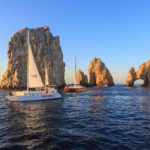


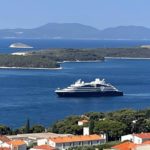

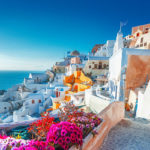

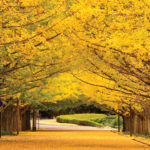


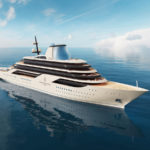












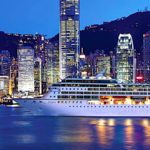


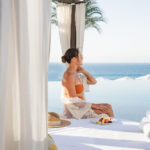

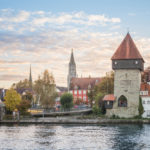
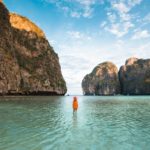
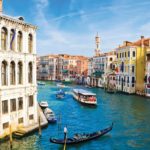
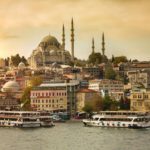


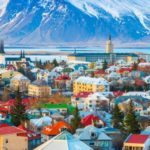
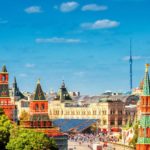

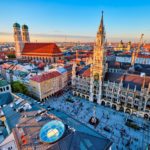



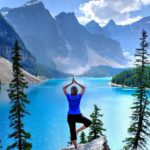
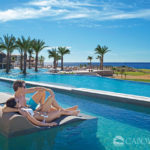



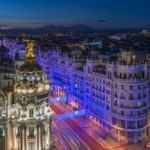
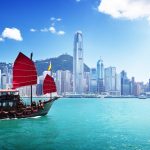

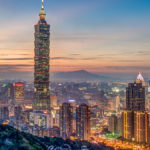
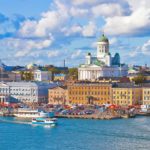

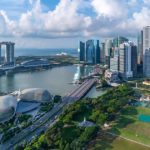
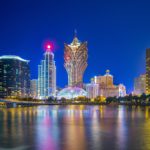

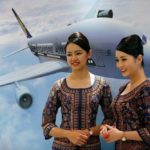





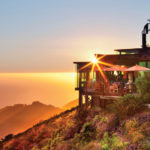

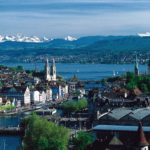
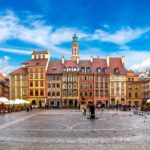


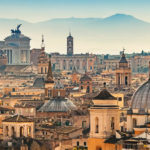


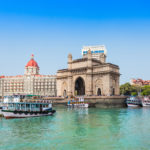

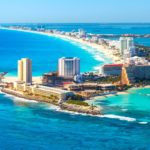







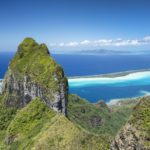

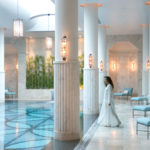
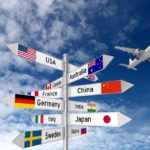


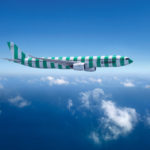


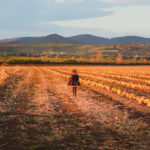

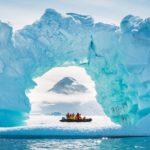
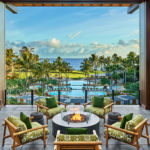
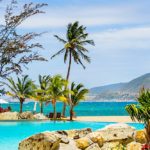


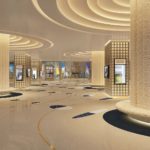







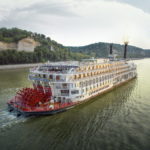
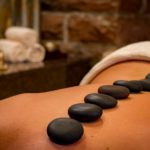
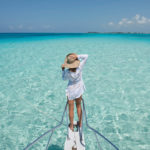
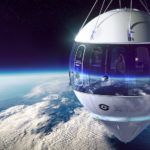
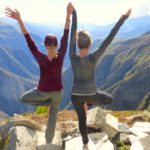


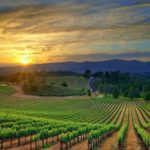
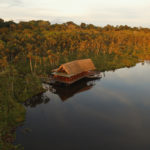
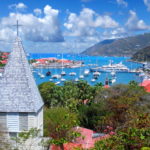
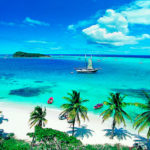


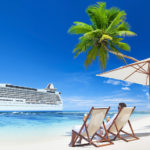

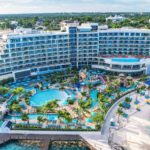

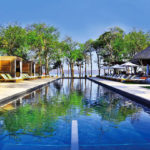


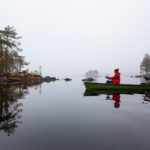
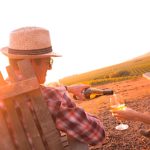



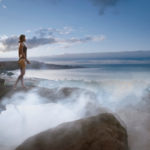






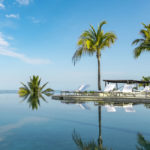



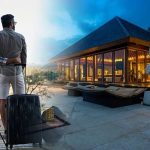
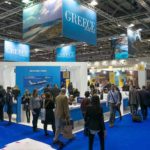




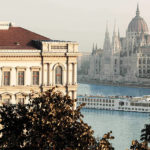


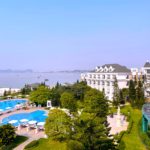
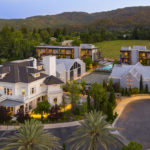
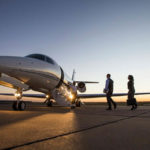




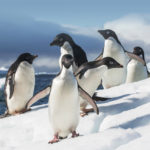




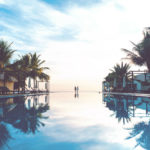



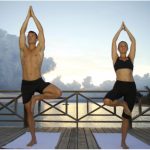
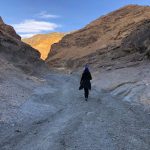




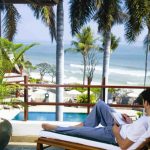





Get Social